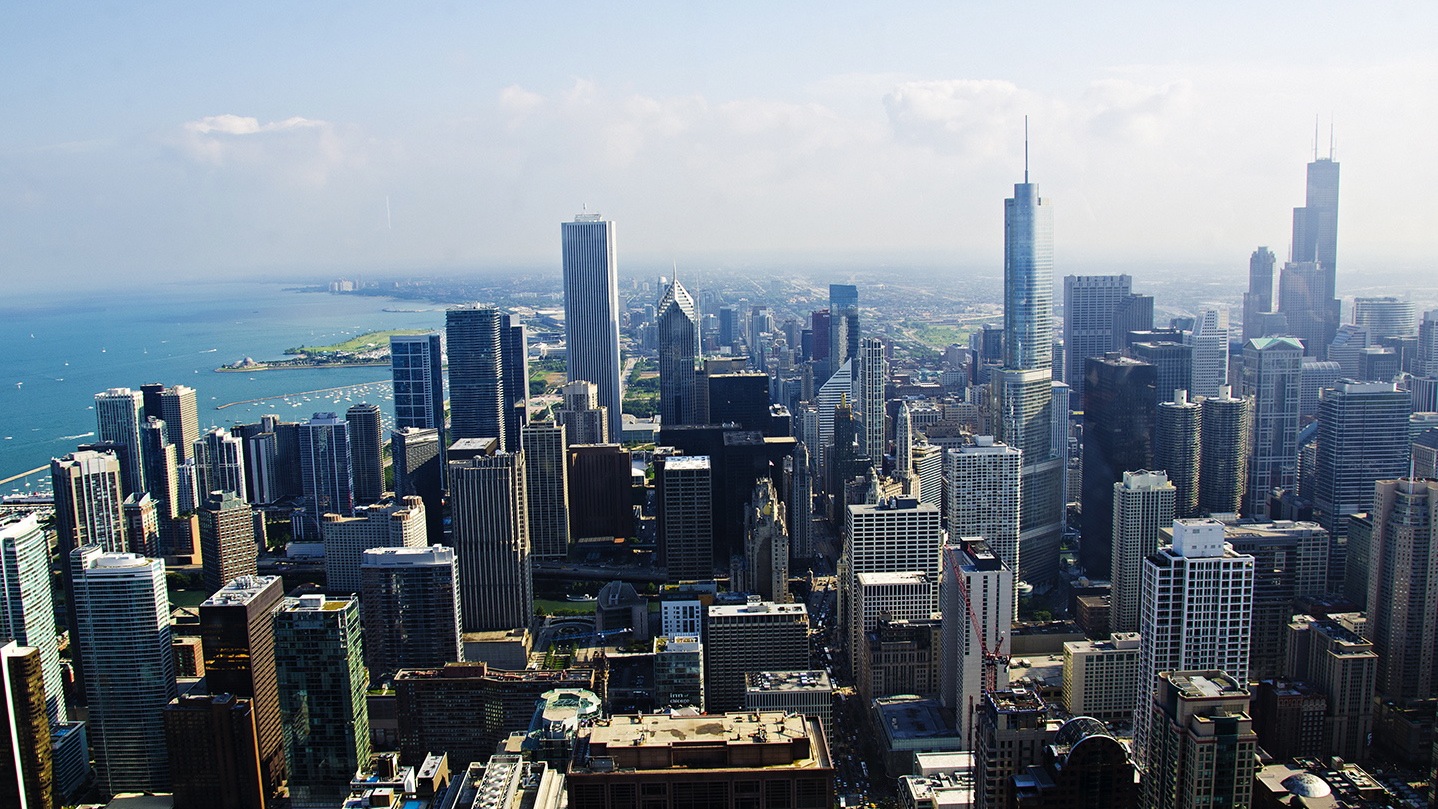In the tepid slugfest that is international climate negotiations, governments around the world are currently submitting their emission reduction pledges to the U.N. in the run-up to the climate summit in Paris this December. Some countries, of course, are doing a bit better than others. (New Zealand released a provisional pledge today that Oxfam cited as a “slap in the face” to the country’s at-risk Pacific Island neighbors. See? Nearly a slugfest.)
If national governments don’t get the job done, who will? The Global Commission on the Economy and Climate, an all-star team of former heads of state, finance ministers, and banking executives chaired by former President of Mexico Felipe Calderón, argues that city governments and the private sector have a massive role to play in climate change mitigation and adaptation. Local governments may not be the most obvious tool for battling something as monumental as climate change, but unconventional groups like these — known as subnational and nonstate actors — are becoming increasingly popular movers and shakers in this space.
The Commission’s 2015 New Climate Economy report, released today, details the steps necessary for looping subnational and nonstate actors in on the delivery of “better growth and a better climate.” Other recommendations of the 11-chapter report target agricultural productivity, clean energy, smart infrastructure, and carbon pricing. One message, however, rings clear: Local climate action and urban development can and should go hand in hand.
But what does subnational climate action actually look like? From the Guardian:
Chief among the measures the New Climate Economy group advocates is action taken by cities, to reduce carbon output by improving public transport, making public buildings and private housing more energy efficient, and dealing with waste better. These measures are frequently not taken account of in emissions targets set by national governments, showing that more can be done to arrest the growth in carbon dioxide output.
These measures, if taken by cities, could also save money, up to $17tn globally by 2050, the group found.
Cities are already gearing up to take action, with more than 75 of the world’s biggest cities forming the C40 group, under former New York mayor Michael Bloomberg, and pledging to reduce emissions substantially in the next three decades.
Groups like the C40, along with other organizations like Local Governments for Sustainability (ICLEI) and the Compact of Mayors, have been drumming up successful local climate action case studies for years. Take, for example, the recent ecomobility initiative of Kaohsiung, Chinese Taipei, in which the city integrated its bus, metro rail, light rail, and bike sharing systems via some sneaky urban planning. In five years, the program increased public transportation use from 34.5 million to 101.7 million passengers.
It’s no surprise that the first of the New Climate Economy recommendations focuses on low-carbon development in cities. Cities count for upwards of 70 percent of global greenhouse gas emissions, which makes ignoring local climate contributions a bit like dieting by switching to Diet Coke. You’re not fooling anyone.



